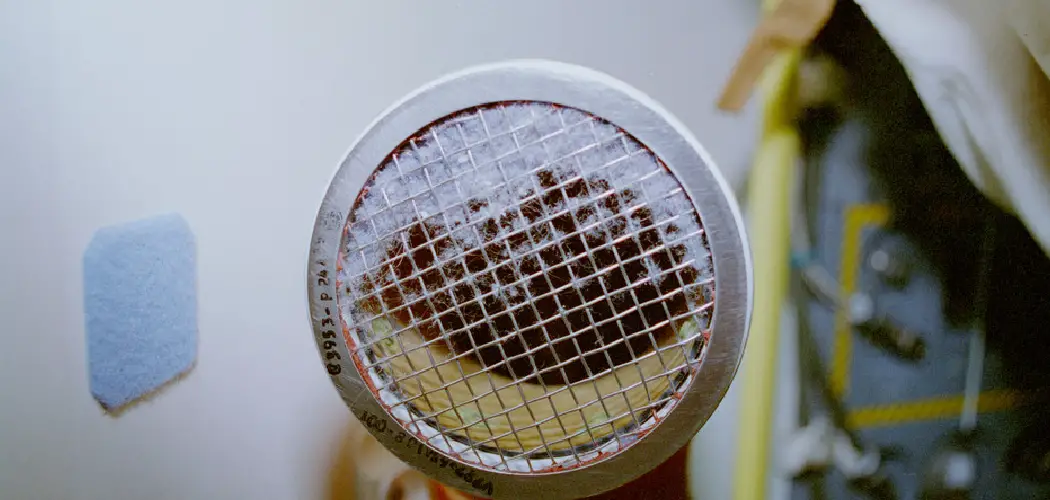Airflow in air ducts plays a crucial role in the efficiency and effectiveness of HVAC systems. Proper airflow ensures that heated or cooled air is evenly distributed throughout a space, promoting comfort and energy efficiency. However, there are instances when reducing airflow in air ducts can be beneficial, such as when certain areas of a building are receiving too much-conditioned air or when a system is overburdened.
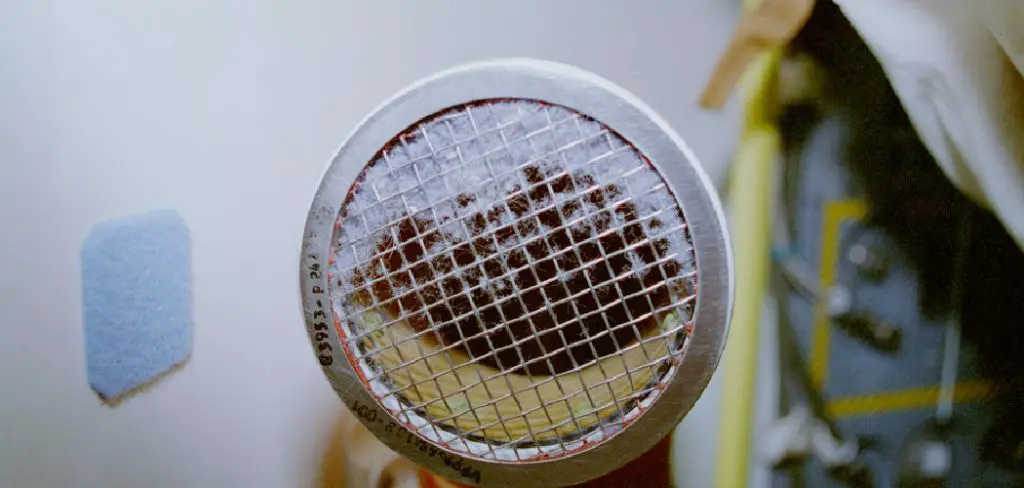
This guide on how to reduce airflow in air duct explores various methods to reduce airflow in air ducts, highlighting the potential advantages and considerations to keep in mind for optimal HVAC performance.
Why Reduce Airflow in Air Ducts?
There are several reasons why one may choose to reduce airflow in air ducts. Some of the most common reasons include:
Energy Efficiency:
By reducing airflow, HVAC systems can operate at lower speeds and consume less energy. This translates to reduced energy bills and a more environmentally friendly operation.
Comfort Control:
Reducing airflow can help balance the temperature and humidity levels in different areas of a building, providing better comfort control for occupants.
Noise Reduction:
High airflow rates can result in increased noise levels within air ducts, which may be disruptive or undesirable. By reducing airflow, the noise levels can be brought down, creating a quieter and more peaceful environment.
8 Methods on How to Reduce Airflow in Air Duct
Method 1: Manual Dampers
One effective way to reduce airflow in air ducts is by installing manual dampers. These devices act as adjustable valves that can be opened or closed to control the flow of air within the ductwork. When seeking to decrease airflow to specific areas, manual dampers can be partially closed, limiting the amount of air flowing through that duct. This method allows homeowners or facility managers to customize airflow levels based on their comfort needs.
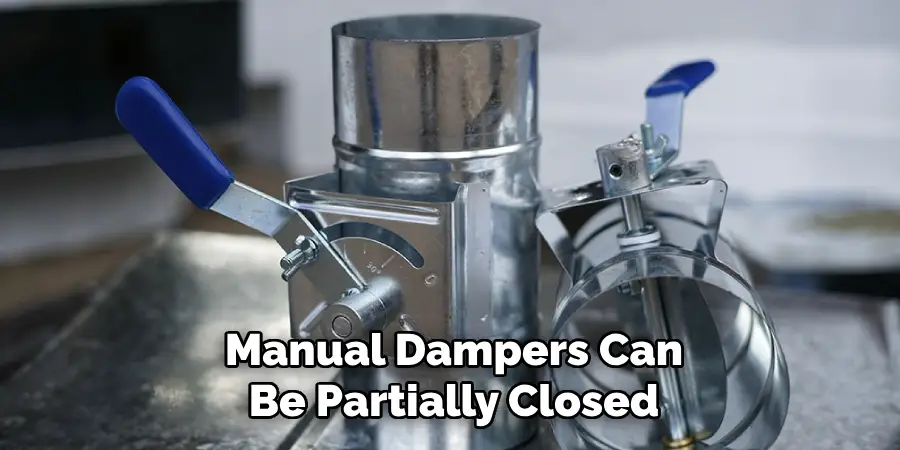
It’s important to note that adjustments should be made gradually and monitored to avoid over-restricting airflow, which can lead to system strain. Regular maintenance and inspection of the dampers ensure they remain functional and provide optimal airflow control.
Method 2: Variable Speed Motors
Another way to reduce airflow is by using variable speed motors. Unlike traditional single-speed motors, these types of motors can operate at different speeds, allowing for better control over airflow levels.
By adjusting the motor’s speed, the amount of air flowing through the ductwork can be reduced, promoting energy efficiency and comfort control. Additionally, variable speed motors are known to produce less noise compared to their single-speed counterparts.
Method 3: Duct Sealing
Duct sealing is a crucial method for reducing airflow and enhancing the overall efficiency of HVAC systems. Over time, ducts can develop leaks, which can cause conditioned air to escape into unconditioned spaces, leading to inefficient operation and unnecessary energy loss. By sealing these leaks with appropriate materials, such as mastic sealant or metal tape, airflow can be effectively redirected, ensuring that more of the conditioned air reaches its intended destination.
To apply this method, it is recommended to conduct a thorough inspection of the ductwork to identify any problematic areas. Once leaks are pinpointed, the sealing material can be applied to prevent air loss. This not only helps reduce excessive airflow in certain ducts but also promotes a more balanced and efficient HVAC system. Regular maintenance checks for duct integrity can further support long-term performance and comfort in your building.
Method 4: Ductwork Modifications
In some cases, altering the ductwork layout or design can help achieve better airflow control. For example, if a particular area receives too much-conditioned air, modifying the ducts to redirect airflow can help balance distribution and reduce excessive airflow in that specific area.
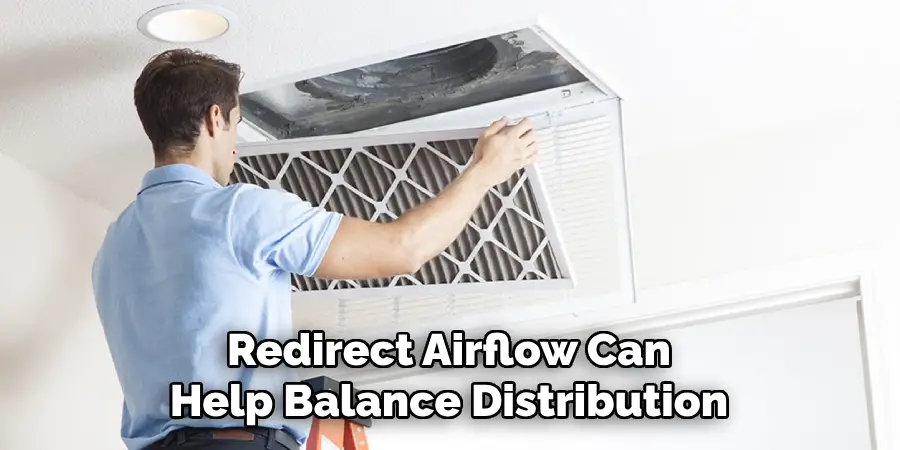
However, this method may require professional assistance to ensure proper modifications are made without causing further issues or imbalances.
Method 5: Zoning Systems
Zoning systems are an effective approach to controlling airflow in larger buildings or homes with multiple temperature zones. This method involves dividing a space into distinct areas, each with its own thermostat and dampers that regulate airflow to that specific zone. By using a zoning system, you can reduce airflow in certain areas while maintaining comfort levels in others, thereby promoting energy efficiency and individual comfort.
When implementing a zoning system, it’s essential to ensure that each zone is adequately balanced and that the HVAC unit can accommodate the variations in airflow demands. Installing electronic dampers that automatically adjust based on thermostat settings can further optimize this method, allowing for seamless control over airflow. Regular maintenance and calibration of the zoning system are crucial to ensure it operates effectively and maintains the desired comfort levels throughout the building.
Method 6: Upgrading HVAC Equipment
Outdated or poorly functioning HVAC equipment can contribute to excessive airflow in air ducts. In such cases, upgrading to more efficient and properly sized equipment can help reduce airflow levels.
This method is particularly useful for homes or buildings with older systems that may be oversized for the space they serve. By replacing outdated units with newer models, you can achieve better energy efficiency and airflow control.
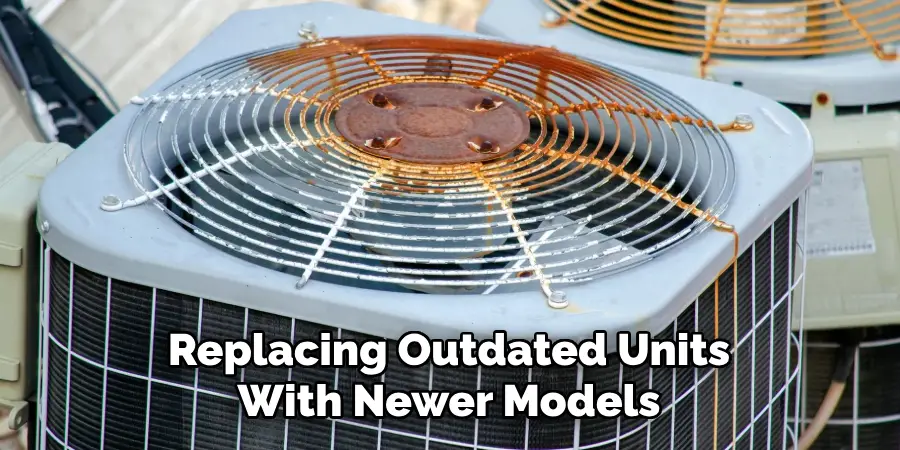
Method 7: Proper Insulation
Insulation plays a crucial role in reducing airflow within air ducts. When insulated correctly, ductwork can maintain conditioned air temperatures as it travels through the system, ensuring that less of it escapes into unconditioned spaces. Additionally, properly insulated ducts are less prone to leaks and can help prevent air pressure imbalances that contribute to excessive airflow.
It’s important to use appropriate insulation materials and ensure proper installation techniques to achieve optimal results. This method is best applied during initial HVAC system installations or major renovations.
Method 8: Regular Maintenance
Maintaining your HVAC system regularly is crucial for promoting energy efficiency, comfortable indoor environments, and reducing excess airflow in air ducts. Routine maintenance checks involve inspecting the equipment and ductwork for any issues or inefficiencies that may cause excessive airflow. This proactive approach allows for timely repairs or adjustments to be made before they escalate into more significant problems.
Following a maintenance on how to reduce airflow in air duct schedule provided by the manufacturer or hiring a professional HVAC technician can help ensure that your system operates at its best and remains efficient in controlling airflow.
Additional Considerations
While reducing excessive airflow in air ducts is essential for promoting energy efficiency and comfort, it’s important to also consider the overall indoor air quality of your building. Proper filtration, regular cleaning of ductwork, and ventilation can all contribute to maintaining a healthy and comfortable indoor environment while still controlling airflow levels.

Furthermore, on how to reduce airflow in air duct, it is crucial to consult with a professional HVAC technician before implementing any of these methods to ensure they are suitable for your specific system and needs. They can also provide guidance on proper installation and maintenance techniques to achieve the best results. By considering all these factors and implementing appropriate methods, you can effectively reduce excessive airflow in air ducts and promote optimal performance from your HVAC system. So don’t overlook the importance of airflow control in your building and take the necessary steps to ensure a comfortable and energy-efficient environment.
Frequently Asked Questions
Q: Can I Use Any Materials to Seal Air Leaks in My Ductwork?
A: It is recommended to use mastic sealant or metal tape specifically designed for sealing air ducts. Avoid using regular duct tape, as it is not durable enough for this purpose and may peel off over time.
Q: How Often Should I Conduct Maintenance Checks on My Ductwork?
A: Regular maintenance checks should be conducted at least once a year to ensure optimal performance of your HVAC system. However, if you notice any issues or changes in airflow, it’s important to schedule a maintenance check immediately.
Q: Do Zoning Systems Work for All Homes and Buildings?
A: Zoning systems can be implemented in most residential and commercial buildings. However, the layout and design of the space may affect its effectiveness, so it’s best to consult with a professional HVAC technician before installing a zoning system.
Q: Can I Reduce Airflow by Closing Vents or Registers?
A: It is not recommended to close off vents or registers as it can cause air pressure imbalances and strain on the HVAC system. Instead, consider using other methods such as sealing air leaks or adjusting airflow through zoning systems.
Conclusion
In conclusion, effectively managing airflow within HVAC systems is paramount for achieving energy efficiency and maintaining a comfortable indoor environment. By employing the various methods on how to reduce airflow in air duct outlined—such as sealing duct leaks, implementing ductwork modifications, utilising zoning systems, upgrading equipment, ensuring proper insulation, and committing to regular maintenance—building owners can significantly reduce excessive airflow.
Moreover, it is crucial to prioritize indoor air quality alongside airflow control to create a healthy living or working space. Collaborating with professional HVAC technicians can provide tailored solutions that optimally suit specific needs, helping to foster an environment that balances comfort, efficiency, and overall well-being. Taking proactive measures in airflow management not only enhances HVAC performance but also contributes to sustainability efforts within your building.

